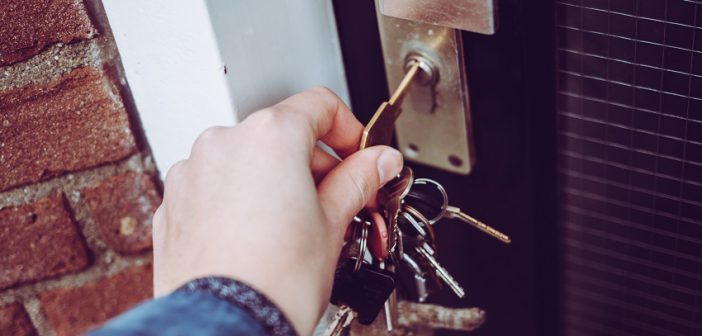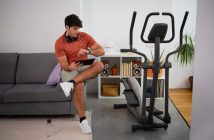You’d think that you are safest in the confines of your own home, but you’d be wrong. According to the latest available data, more than 130,000 preventable injuries and deaths occur inside houses across the United States every year. These numbers mean that out of every 100,000 Americans, at least 40 can get injured or even die in their own homes.
But how can you prevent unfortunate incidents from occurring inside your house? Although some of these accidents are undoubtedly big events like fires, some of the most dangerous risks are actually everyday items and easy-to-miss things.
Below are a few ways you should use if you want to prevent as much risk as possible to your family and self.
- Secure Metal Installations
Metal installations can add elegance and security to your house, but they can also be very dangerous to the unwary. If they aren’t secured correctly, things like decorative metal fence panels, window grilles and gutter covers can add a lot of utility to your home, but they can also be very dangerous. Rusty fence panels can catch unwary passers-by, window grilles can topple over and loose gutter covers can blow away or fall over because of a strong wind. Examine the screws or bolts connecting these metal installations to various parts of your home if you don’t want to risk injury.
- Add Lights
Dim lighting and insufficient illumination can cause all sort s of problems around the house. For example, without adequate outdoor lighting, you can trip over a minor ground level obstruction. Or you can run into a post. Inside the house, the risks can still be as great, especially with stairways. Poor lighting around stairwells and staircases can be extremely dangerous and lead to serious fall injuries.
Always check if the lightbulbs and other sources of illumination near these areas are still producing enough light. If you think the outdoor areas need stronger illumination, you can put up floodlights to brighten up the entire lawn. Just be mindful of the glare and light pollution this can cause in the neighborhood.
- Watch Out for Cords and Cables
Not every dangerous trip or fall in the house is caused by uneven steps or cracked cement. A lot of them happen because of low-level ground obstructions such as upturned rugs, loose slippers and cords. Things like extension cords and electrical cables can easily trip you up if you aren’t careful or distracted.
Cords and cables can be especially dangerous to older adults who may even be hospitalized if they trip over damaged ones. Make sure all such cables are secured away from main walking areas. You can use duct tape to hold them down to the side or zip ties to bunch cords together and keep them out of the way.
- Secure the Medicine Cabinet
Almost every parent is aware of the dangers an unsecured medicine cabinet can wreak on their children. If you share a communal bathroom with the rest of the house, make sure all strong medication, sharp shaving razors and the like are stored in a high or locked shelf to prevent kids from accessing them.
You should also regularly clean out the medicine cabinet because you do not want to accidentally take expired melatonin or a recalled health product. If you have your own bathroom, make sure the cabinets are locked and only buy products with childproof bottles. Cleaning products, particularly those that have corrosive properties or noxious fumes, should be stored away in similarly secured cabinets to prevent children from playing with them.
- Install All Necessary Alarms
The average American household is expected to have a variety of alarms and devices to warn its occupants of impending dangers. First, there are your standard smoke alarms which detect the presence of smoke or fire in your house. These are placed in the kitchen but you are encouraged to have one in most rooms of your house.
A less common type of alarm is the carbon monoxide alarm. This odorless gas is usually produced by fire or by gas leaks and they can be exceedingly dangerous. These should be installed near radiators, fireplaces and furnaces. These devices can be a little expensive, but they will protect you from some of the most dangerous incidents that can happen in your house.
Everyone should feel safe inside their own homes, but this safety is earned through hard work and vigilance. If you want to avoid injury and accidents on your property, you must be careful. These tips can help improve safety in your home and enjoy life.




